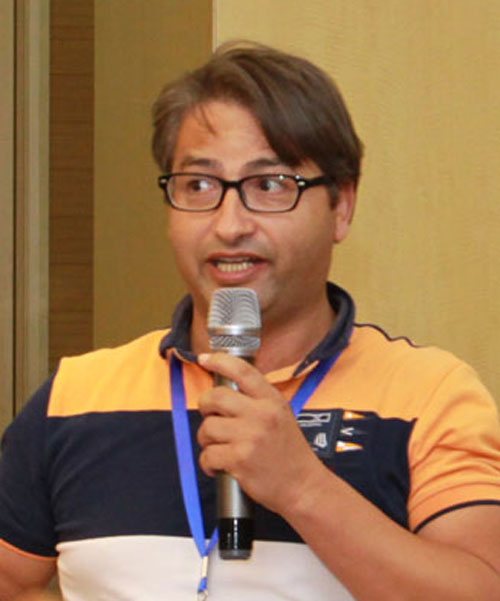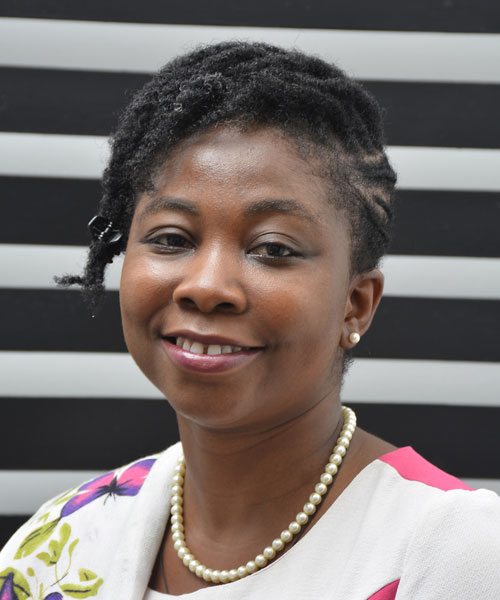Sea organisms are all connected, and spiny sea urchins are no exception. They hold a central place in the food chain: They feed on large brown algae seaweeds called kelp, and they represent excellent food source for starfishes, sea otters – and human beings. And although sea otters can consume high amounts of sea urchins in relatively little time, no threat is greater than that posed by human pollution of the sea urchins' habitat.
Pollutants such as heavy metals, pharmaceuticals and pesticide residues poured into the sea have a massive impact on the food chain, as they become food contaminants. In addition to damaging adult sea creatures, they can alter the development of delicate, younger organisms. Scientists from Tunisia have observed the effects studying sea urchins' larvae.
"Trace metals and pharmaceuticals are, today, one of the most important problems in marine coastal areas because of their toxicity on organisms living in this area," said Jamel Jebali, an associate professor of biochemistry at the Higher Institute of Biotechnology of Monastir, Tunisia.
Jebali was a TWAS Young Affiliate from 2014 through 2018, and he joined other Young Affiliates who presented their research at the 28th TWAS General Meeting, held in Trieste, Italy, from 27-29 November 2018.
TWAS's Young Affiliates are researchers under the age of 40, selected by the TWAS Regional Partners because of an excellent track record of at least ten international publications.
During their five-year tenure, they are invited to participate in TWAS's General Meetings and national chapters in their home countries, hence building their own networks and careers. At the end of the affiliateship, they become TWAS Young Alumni, acting as a resource for the international TWAS community. The Young Affiliates programme was launched in 2007.
Jebali holds a master’s degree in environmental sciences and a PhD in biological sciences and biotechnology. In his current post, he assesses the biochemical and physiological effects of pharmaceutical compounds in marine organisms. In addition, he studies plant extracts that could have medical use in the management of sustainable aquaculture. He has participated in international projects linking Tunisian researchers with colleagues in Morocco, France, Portugal and Spain.
"Urban and industrial discharges, hospital waste and marine traffic all pose increasing risks to marine organisms," he explained in his presentation. "In a time frame that may range from minutes to days on the one side, to months and years on the other, pollutant discharges may affect physiological functions, individuals' growth rate and, in the end, whole populations' structure."
Through environmental observations he noted that sea urchins are particularly susceptible to pollutants, and therefore can be used as a sensitive model for testing the toxicity and the effects of some pesticides and copper in seawater.
"We have exposed sea urchin sperm to pollutants, which have intensively been used in agriculture and industrial activities and are known to reach the marine ecosystem at high concentrations, affecting the health of organisms," said Jebali. "We confirmed that sperm exposure to increasing concentrations of a much-used insecticide called deltamethrin and to copper, or to a mixture of the two, caused a significant alteration in the fertilizing capability of spermatozoids."
What are the toxic effects of these pollutants? Larvae size was decreased and several developmental anomalies were identified, including crossed skeletal tips and alteration of general larva shape.
"From the way nature reacts to human actions, we can learn a lot on how to protect nature from our own behaviour," Jebali concluded.
Are your cosmetics safe?
Toxic compounds have the potential to infiltrate the human domestic environment. Think of cosmetics, for example. Billions of women everyday use eyeshadow and lipstick to embellish their look. And most probably don't think of what kind of compounds those cosmetics contain.
Not so for Marian Asantewah Nkansah, senior lecturer at the department of chemistry, Kwame Nkrumah University of Science and Technology in Kumasi, Ghana. Nkansah is a 2017-2021 TWAS Young Affiliate, who is very much interested in spotting toxic elements that could be harmful to humans.
Nkansah was the inaugural winner of the TWAS-Fayzah M. Al-Kharafi Prize in 2016. She holds a master of science in environmental chemistry from the same university, where she works, and a PhD in environmental chemistry from the University of Bergen, Norway. Her interest in environmental pollutants – such as heavy metals, persistent organic pollutants and polycyclic aromatic hydrocarbons – found in daily settings and activities has prompted her to search for these toxic components in water, soil, dust, tea, clay and other unusual places.
At the General Meeting, Nkansah presented recent results on the presence of cadmium in common brands of lipsticks sold in Kumasi, the capital city of the Ashanti Region in southern Ghana.
"Cadmium is a very toxic heavy metal, which may poison humans by exposure in industrial workplaces, absorption from soil by plants, eating of contaminated foods or inhalation of polluted air,” she explained.
"Overexposure may occur even in situations where trace quantities of cadmium are found, because the dose which is considered not harmful for humans is very low. Ingestion of even small amounts may cause poisoning and damage to liver and kidneys. In addition, cadmium is a known human carcinogen."
In her study, Nkansah examined 20 different lipstick brands sold at different markets and shops in Kumasi to determine lead and cadmium levels. What she found about cadmium should sound an alarm both for women's health and for policymakers. "Cadmium concentrations in 19 lipsticks was above the Health Canada threshold for impurities," she reported. "This is an important indicator that users of unregulated lipstick brands could suffer from a toxicological effect, after accidental ingestion of the lipstick."
Her research showed the importance of regular monitoring of lipstick for all toxic heavy metals to ensure consumer protection, and the need for stricter regulation. But her work goes well beyond this: Nkansah is also a committed mentor to female university students, offering herself as an example and a model for young women who would like to start a scientific career or otherwise. She is also active in science communication and public engagement with science.
Cristina Serra

